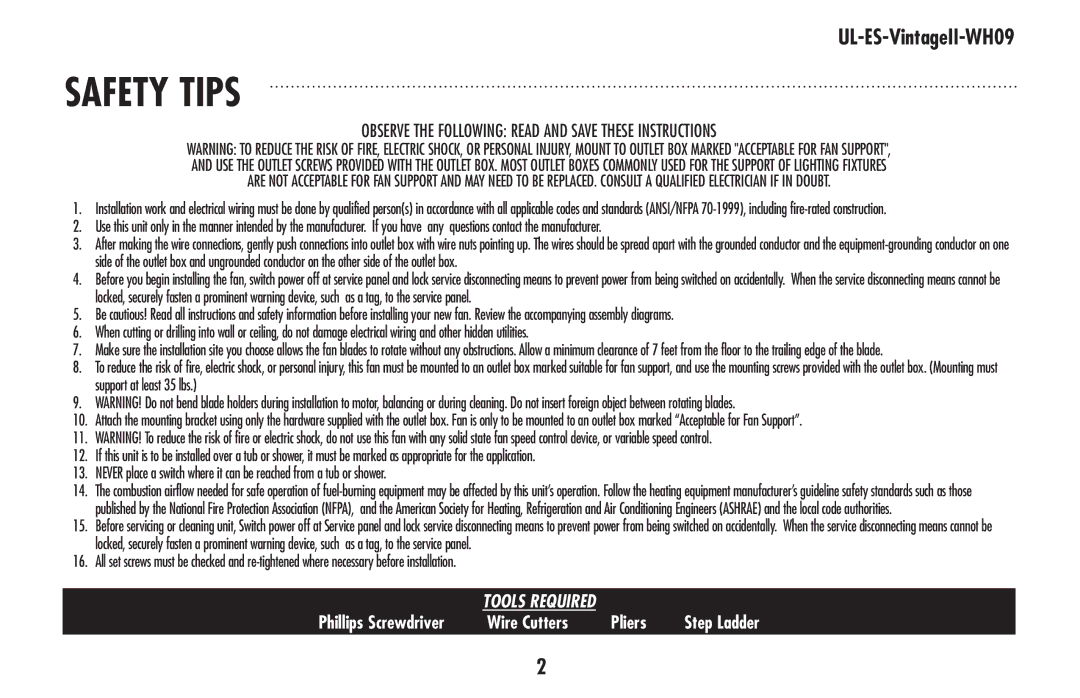who9 specifications
Westinghouse Electric Corporation, founded by George Westinghouse in 1886, is an American company that has been pivotal in the development of electrical engineering and technology. Renowned for its innovative spirit, Westinghouse has a rich history that includes the invention of the alternating current (AC) power system, which revolutionized how electricity was generated and distributed.One of the main features of Westinghouse's contributions is its emphasis on the AC power grid, which allowed for the efficient transmission of electricity over long distances. The company played a crucial role in the "War of Currents," competing against Thomas Edison's direct current (DC) system. Westinghouse's victory in this technological battle paved the way for the widespread adoption of AC power, leading to major advancements in electrical infrastructure.
Westinghouse is also known for its pioneering work in nuclear power. In the mid-20th century, the company transitioned from electrical systems to becoming a leader in nuclear energy. Westinghouse developed the Pressurized Water Reactor (PWR) design, which is one of the most commonly used reactor types in the world. This technology has positioned Westinghouse as a key player in the global nuclear energy sector, providing safe and efficient solutions for power generation.
Another notable innovation is Westinghouse's advancements in renewable energy technologies. The company's commitment to sustainability is evident in its development of advanced power generation systems, including wind and solar technologies. These initiatives align with global efforts to reduce carbon emissions and promote cleaner energy sources.
In addition, Westinghouse has made significant strides in automation and control systems, particularly within the industrial sector. The company offers advanced automation solutions that enhance operational efficiency and safety in various industries, from manufacturing to energy production.
Westinghouse's characteristics include a strong focus on innovation, safety, and reliability. The company has cultivated a culture that encourages research and development, ensuring that it remains at the forefront of technological advancements. Its longstanding commitment to engineering excellence and environmental stewardship has established Westinghouse as a trusted leader in the energy sector.
In summary, Westinghouse Electric Corporation is a multifaceted company with a storied legacy in electrical engineering, nuclear power, renewable energy, and industrial automation. Through its pioneering technologies and innovations, Westinghouse continues to shape the future of energy and engineering on a global scale.

